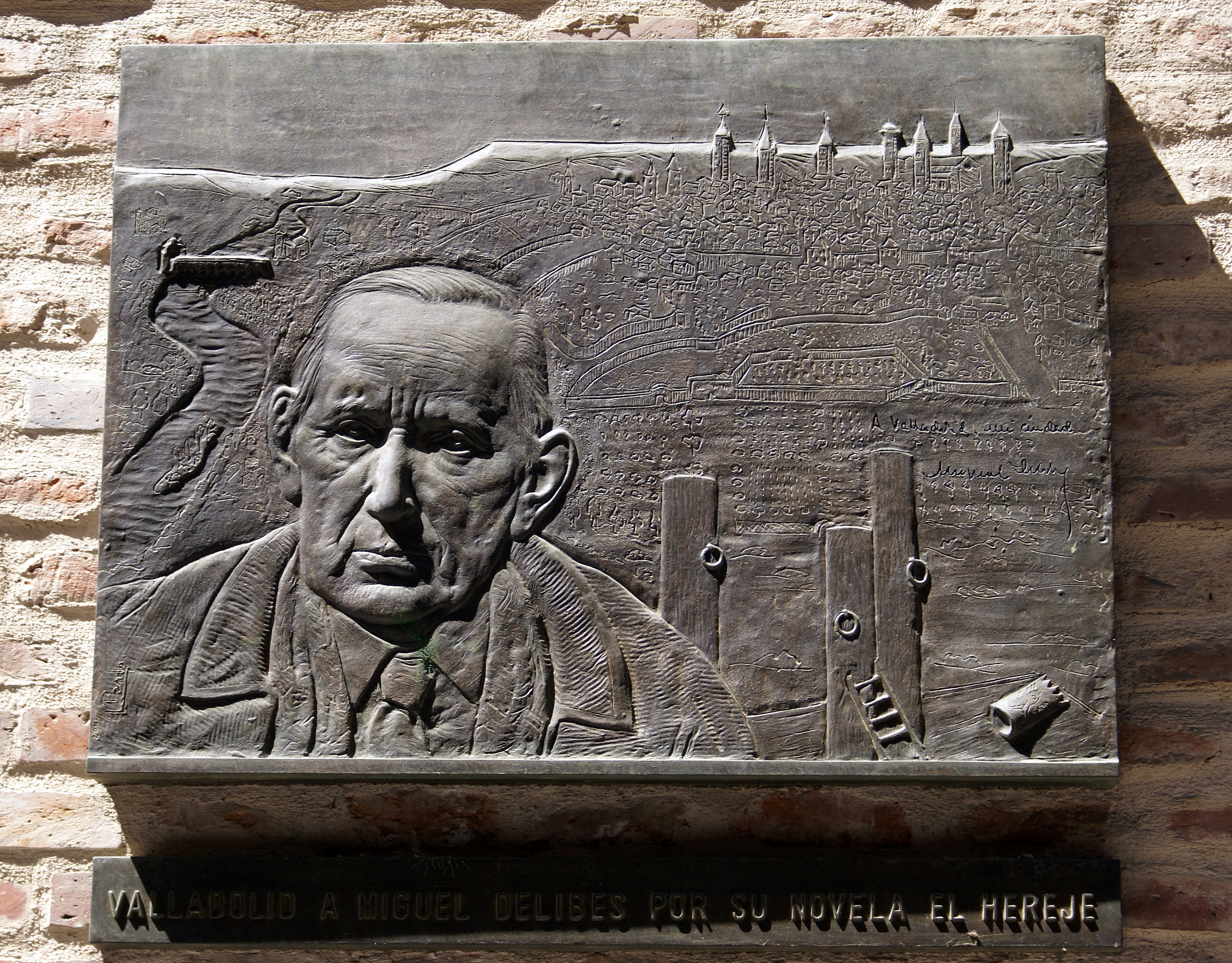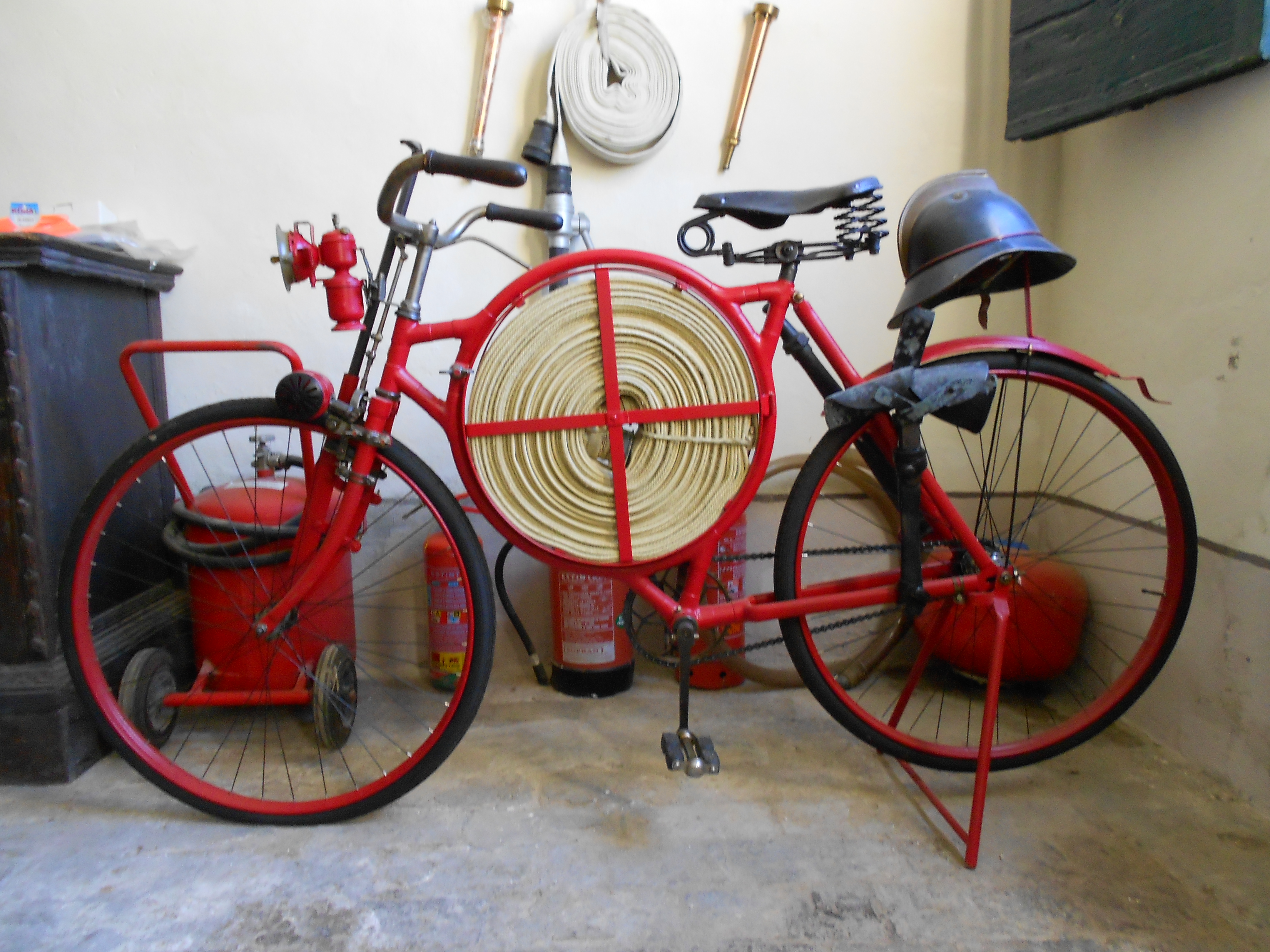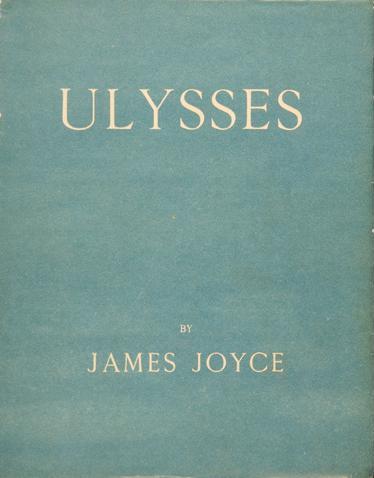|
Five Hours With Mario
''Five Hours with Mario'' () is a novel by Spanish writer Miguel Delibes, published in 1966. It is included in the List of the 20th century's 100 best novels in Spanish compiled by the Spanish newspaper '' El Mundo''. The plot centers on the life of Carmen "Menchu" Sotillo and her recently deceased husband, Mario Díez. Through the novel, Delibes recreates Spanish society of the 1950s. Plot Carmen Sotillo has just become a widow after Mario's death. She is alone by his body during the wake after family members and acquaintances have left; and for the next five hours, she monologues to Mario as if he were still alive. Mario enjoyed reading the Bible and underlining phrases. Therefore, Carmen structures her speech around the quotes underlined by her husband. Menchu reproaches Mario's behavior, criticizes his political and religious ideas, and blames him for her unhappiness. For example, one of Carmen Sotillo's criticisms of her husband is that he never bought a car — specifically ... [...More Info...] [...Related Items...] OR: [Wikipedia] [Google] [Baidu] |
Novel
A novel is an extended work of narrative fiction usually written in prose and published as a book. The word derives from the for 'new', 'news', or 'short story (of something new)', itself from the , a singular noun use of the neuter plural of ''novellus'', diminutive of ''novus'', meaning 'new'. According to Margaret Doody, the novel has "a continuous and comprehensive history of about two thousand years", with its origins in the Ancient Greek and Roman novel, Medieval Chivalric romance, and the tradition of the Italian Renaissance novella.Margaret Anne Doody''The True Story of the Novel'' New Brunswick, NJ: Rutgers University Press, 1996, rept. 1997, p. 1. Retrieved 25 April 2014. The ancient romance form was revived by Romanticism, in the historical romances of Walter Scott and the Gothic novel. Some novelists, including Nathaniel Hawthorne, Herman Melville, Ann Radcliffe, and John Cowper Powys, preferred the term ''romance''. Such romances should not be con ... [...More Info...] [...Related Items...] OR: [Wikipedia] [Google] [Baidu] |
Miguel Delibes
Miguel Delibes Setién MML (; 17 October 1920 – 12 March 2010) was a Spanish novelist, journalist and newspaper editor associated with the Generation of '36 movement. From 1975 until his death, he was a member of the Royal Spanish Academy, where he occupied letter "e" seat. Educated in commerce, he began his career as a cartoonist and columnist. He later became the editor for the regional newspaper '' El Norte de Castilla'' before gradually devoting himself exclusively to writing novels. He was a connoisseur of the flora and fauna of Castile and was passionate about hunting and the countryside. These were common themes in his writing, and he often wrote from the perspective of a city-dweller who remained connected with the rural world. He was one of the leading figures of post-Civil War Spanish literature, winning numerous literary prizes. Several of his works have been adapted into plays or have been turned into films, winning awards at the Cannes Film Festival among other ... [...More Info...] [...Related Items...] OR: [Wikipedia] [Google] [Baidu] |
El Mundo (Spain)
(; ), before , is the second largest printed daily newspaper in Spain. The paper is considered one of the country's newspapers of record along with '' El País'' and '' ABC''. History and profile was first published on 23 October 1989. Perhaps the best known of its founders was Pedro J. Ramírez, who served as editor until 2014. Ramirez had risen to prominence as a journalist during the Spanish transition to democracy. The other founders, Alfonso de Salas, Balbino Fraga and Juan González, shared with Ramírez a background in Grupo 16, the publishers of the newspaper '' Diario 16''. Alfonso de Salas, Juan Gonzales and Gregorio Pena also launched '' El Economista'' in 2006. , along with '' Marca'' and '' Expansión'', is controlled by the Italian publishing company RCS MediaGroup through its Spanish subsidiary company Unidad Editorial S.L. Its former owner was Unedisa which merged with Grupo Recoletos in 2007 to form Unidad Editorial, current owner of the paper. The pape ... [...More Info...] [...Related Items...] OR: [Wikipedia] [Google] [Baidu] |
Monologue
In theatre, a monologue (also known as monolog in North American English) (in , from μόνος ''mónos'', "alone, solitary" and λόγος ''lógos'', "speech") is a speech presented by a single character, most often to express their thoughts aloud, though sometimes also to directly address another character or the audience. Monologues are common across the range of dramatic media (plays, films, etc.), as well as in non-dramatic media such as poetry. Monologues share much in common with several other literary devices including soliloquies, apostrophes, and asides. There are, however, distinctions between each of these devices. Similar literary devices Monologues are similar to poems, epiphanies, and others, in that, they involve one 'voice' speaking but there are differences between them. For example, a soliloquy involves a character relating their thoughts and feelings to themself and to the audience without addressing any of the other characters. A monologue is the though ... [...More Info...] [...Related Items...] OR: [Wikipedia] [Google] [Baidu] |
SEAT 600
The SEAT 600 is a city car made in Spain by SEAT from 27 May 1957 to 3 August 1973, built under license from Fiat on the original Italian Fiat 600, designed by Dante Giacosa. It was offered in two-door saloon body style rear engine layout, although a four-door version was also offered as SEAT 800. It is considered a pop icon of the Spanish economic miracle. Measuring only long, it was launched in 1957 at an initial price of 65,000 pesetas (€390.66) –without taxes–. SEAT manufactured up to 797,319 SEAT 600s –and 18,200 SEAT 800s– at its factory in Barcelona's Zona Franca. Almost ten percent of the production was exported to countries such as Argentina, Belgium, Chile, Colombia, Finland, Poland, and Portugal. It was the best-selling car in Spain in 1958–1966, and in 1968, and in Finland in 1971–1973. History The ''Sociedad Española de Automóviles de Turismo S.A.'', branded as SEAT, was born in 1950 as a joint venture of the Spanish state holding agency ... [...More Info...] [...Related Items...] OR: [Wikipedia] [Google] [Baidu] |
Bicycle
A bicycle, also called a pedal cycle, bike, push-bike or cycle, is a human-powered transport, human-powered or motorized bicycle, motor-assisted, bicycle pedal, pedal-driven, single-track vehicle, with two bicycle wheel, wheels attached to a bicycle frame, frame, one behind the other. A is called a cyclist, or bicyclist. Bicycles were introduced in the 19th century in Europe. By the early 21st century there were more than 1 billion bicycles. There are many more bicycles than cars. Bicycles are the principal Mode of transport, means of transport in many regions. They also provide a popular form of recreation, and have been adapted for use as Toy, children's toys. Bicycles are used for Physical fitness, fitness, Military bicycle, military and Police bicycle, police applications, Bicycle messenger, courier services, Cycle sport, bicycle racing, and artistic cycling. The basic shape and configuration of a typical Safety bicycle, upright or "safety" bicycle, has changed lit ... [...More Info...] [...Related Items...] OR: [Wikipedia] [Google] [Baidu] |
Jealousy
Jealousy generally refers to the thoughts or feelings of Emotional insecurity, insecurity, fear, and concern over a relative lack of possessions or safety. Jealousy can consist of one or more emotions such as anger, resentment, inadequacy, helplessness or disgust. In its original meaning, ''jealousy'' is distinct from envy, though the two terms have popularly become synonymous in the English language, with ''jealousy'' now also taking on the definition originally used for envy alone. These two emotions are often confused with each other, since they tend to appear in the same situation. Jealousy is a typical experience in Interpersonal relationship, human relationships, and it has been observed in infants as young as five months.Draghi-Lorenz, R. (2000). Five-month-old infants can be jealous: Against cognitivist solipsism. Paper presented in a symposium convened for the XIIth Biennial International Conference on Infant Studies (ICIS), 16–19 July, Brighton, Brighton, UK. Some ... [...More Info...] [...Related Items...] OR: [Wikipedia] [Google] [Baidu] |
Stream Of Consciousness
In literary criticism, stream of consciousness is a narrative mode or method that attempts "to depict the multitudinous thoughts and feelings which pass through the mind" of a narrator. It is usually in the form of an interior monologue which is disjointed or has irregular punctuation. The term was first used in 1855 and was first applied to a literary technique in 1918. While critics have pointed to various literary precursors, it was not until the 20th century that this technique was fully developed by modernist writers such as Marcel Proust, James Joyce, Dorothy Richardson and Virginia Woolf. Stream of consciousness narratives continue to be used in modern prose and the term has been adopted to describe similar techniques in other art forms such as poetry, songwriting and film. Origin of term Alexander Bain used the term in 1855 in the first edition of ''The Senses and the Intellect'', when he wrote, "The concurrence of Sensations in one common stream of consciousness ... [...More Info...] [...Related Items...] OR: [Wikipedia] [Google] [Baidu] |
Lola Herrera
María Dolores Herrera Arranz (born 30 June 1935), better known as Lola Herrera, is a Spanish actress. Biography Lola Herrera was born in Valladolid on 30 June 1935. She started in the world of music, but in the 1950s, she went to Madrid. She made her big screen debut in '' The Portico of Glory'' (1953). In 1960, she married actor , whom with she had two children ( Natalia and Daniel). After a tortuous relationship, Dicenta abandoned her in 1967, at a time divorce was not legal in Spain. In the 1970s, she took part in several theatrical plays for Televisión Española. She was one of the habitual actors of the cast of ''Estudio 1'' and collaborated with Chicho Ibáñez Serrador in ''Historias para no dormir'' (1968). She also worked as a voice actress in dubbing Spanish versions made in studios like Cineson or Exa (Madrid). She is mainly known for her appearances in television series like '' La casa de los líos'' '' El grupo'' or ''Un paso adelante'', but she has taken p ... [...More Info...] [...Related Items...] OR: [Wikipedia] [Google] [Baidu] |
1966 Spanish Novels
Events January * January 1 – In a coup, Colonel Jean-Bédel Bokassa takes over as military ruler of the Central African Republic, ousting President David Dacko. * January 3 – 1966 Upper Voltan coup d'état: President Maurice Yaméogo is deposed by a military coup in the Republic of Upper Volta (modern-day Burkina Faso). * January 10 ** Pakistani–Indian peace negotiations end successfully with the signing of the Tashkent Declaration, a day before the sudden death of Indian prime minister Lal Bahadur Shastri. ** Georgia House of Representatives, The House of Representatives of the US state of Georgia refuses to allow African-American representative Julian Bond to take his seat, because of his anti-war stance. * January 15 – 1966 Nigerian coup d'état: A bloody military coup is staged in Nigeria, deposing the civilian government and resulting in the death of Prime Minister Abubakar Tafawa Balewa. * January 17 ** The Nigerian coup is overturned by another faction of the ... [...More Info...] [...Related Items...] OR: [Wikipedia] [Google] [Baidu] |






